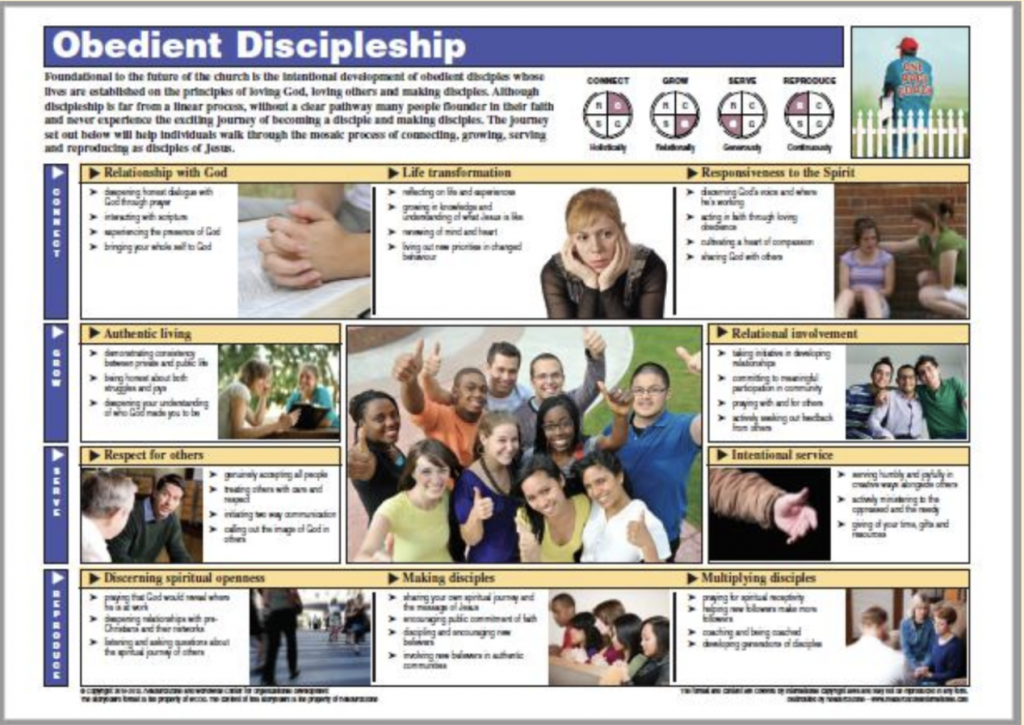Discipleship: Beyond Assimilation, Beyond Boring
Want vibrant faith journeys, not just pew-fillers? Ditch the “join the club” mentality. Begin with the end: are you raising disciples, or filling seats? Distinguish: assimilation welcomes, discipleship equips. Monitor progress – are hearts growing, lives changing? Spice it up! Make it fun, adventurous, messy. Keep it simple, focused, real. Less is more, quality over quantity. And finally, make it reproducible: empower others to disciple, creating a chain reaction of faith. Remember, it’s not about numbers, it’s about igniting souls!
7 Nuances to Transform Your Discipleship Culture: From Assimilation to Thriving Growth
Discipleship. It’s a word that gets thrown around a lot, but how often do we truly understand its depth and power? Building a thriving culture of discipleship isn’t about simply checking boxes or churning out cookie-cutter followers. It’s about cultivating a space where individuals grow into their full potential, empowered by faith and equipped to make a difference in the world.
Here are 7 nuances to guide you in transforming your discipleship culture from assimilation to a dynamic, life-changing journey:
1. Begin with the End in Mind:
Before building, you need blueprints. Define what a “disciple” looks like. Are they individuals who embody specific values? Do they actively engage in their communities? Having a clear vision of your destination helps you navigate the path and tailor your approach.
Key Question: How do you measure the fruitfulness of a disciple of Jesus?
2. Distinguish Between Assimilation & Discipleship:
Assimilation is about making people fit into a mold, while discipleship is about helping them discover and develop their unique gifts and calling. Don’t focus on conformity; nurture authenticity and encourage personal growth within the context of shared values.
Key Question: Are your people simply being assimilated into the congregation or are they growing closer to Jesus, cultivating their character and reproducing other disciples?
3. Monitor Progress:
Growth doesn’t happen by accident. Implement systems to track progress and provide personalized feedback. This could involve goal setting, mentorship, or even simple check-ins to see how individuals are applying their learnings. Coaching keeps motivation high and identifies areas where support is needed.
Key Question: How does your ministry monitor progress in the disciples you are making?
4. Make Discipleship Fun and Adventurous:
Let’s face it, traditional Bible study can feel stale at times. Inject a sense of excitement into your discipleship journey. Organize mission trips, retreats, or even service projects that allow people to put their faith into action in engaging ways. Remember, learning is best when it’s also fun!
Key Question: How dynamic is your discipleship pathway?
5. Keep it Simple:
Don’t overwhelm people with complex theological jargon or a never-ending list of requirements. Break down complex concepts into digestible chunks and focus on the core principles of your faith. Remember, less is often more when it comes to laying a strong foundation.
Key Question: Can you draw your discipleship process on a napkin and explain to a brand new disciple in 3-5 minutes?
6. Less is More:
Quality trumps quantity. Is it better to have a small group of deeply committed disciples than a large group of passive participants? Foster meaningful relationships within your group, providing opportunities for genuine connection and support.
Key Question: What are the essential components to foster a culture of discipleship in your congregations, gatherings, and groups?
7. Make it Reproducible:
A strong discipleship culture isn’t sustainable if it relies solely on charismatic leaders or specific programs. Design systems and frameworks that anyone can pick up and run with. Train and empower individuals to become mentors and guides themselves, ensuring your culture thrives even beyond the initial spark.
Key Question: If you step out of the discipleship “system” will it continue on it’s own?
Remember, building a thriving discipleship culture is a journey, not a destination. By incorporating these nuances, you can create an environment where individuals are challenged, inspired, and empowered to grow into their full potential as Jesus followers. So, let’s ditch the assimilation assembly line and embark on a journey of genuine transformation, together.
Resources to cultivate disciples, that make disciples:
Make Obedient Disciples
(of already disciples)


Make Disciples
(of new-yet disciples)


Photo by Kyle Gregory Devaras on Unsplash

